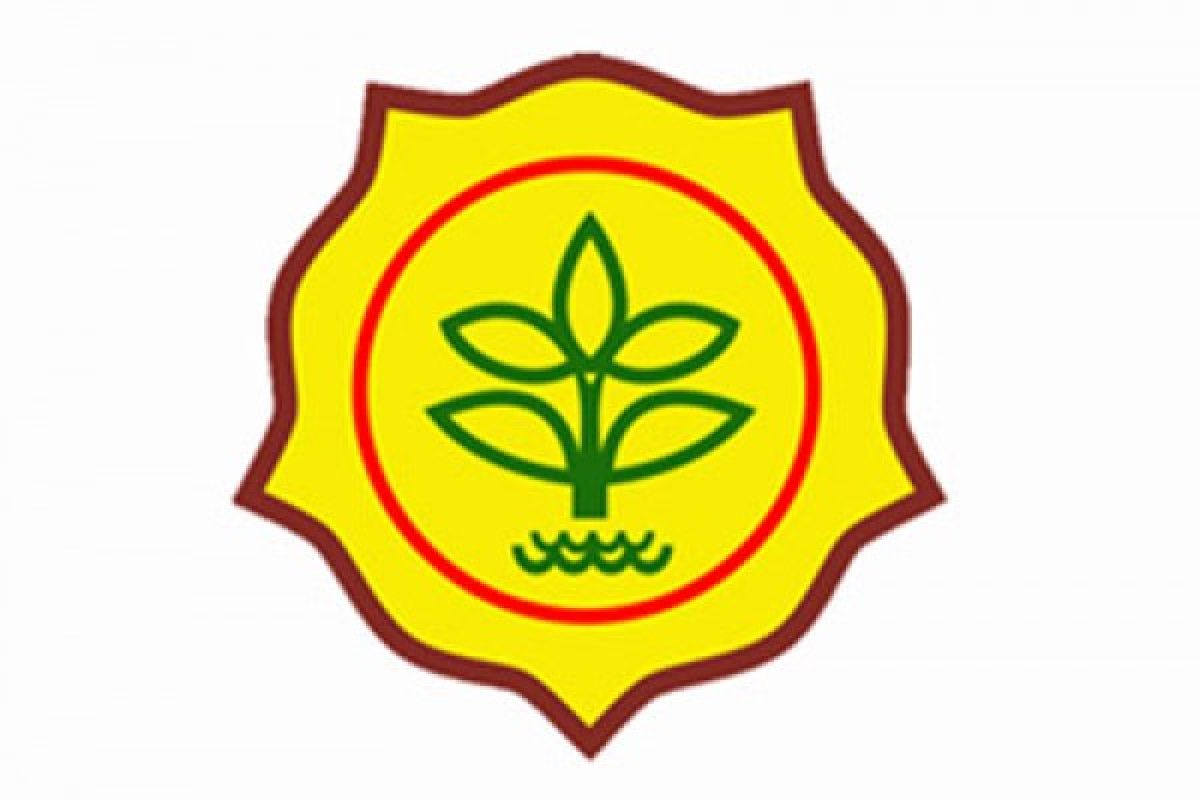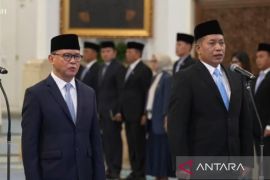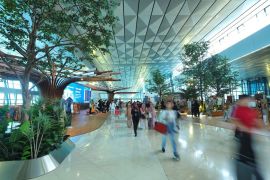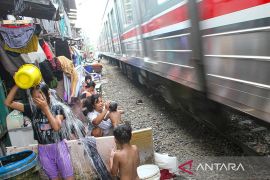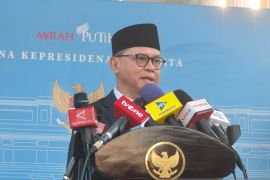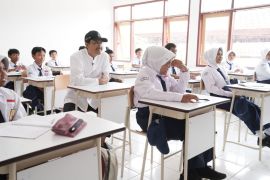"The breakthrough that we will work on together is to convert millions of swamps into agricultural lands," Secretary General of the Ministry of Agriculture, Syukur Iwantoro, stated at a meeting on the Implementation of the Program of Saving Swamps to Prosper Farmers held here Wednesday.
According to him, the step taken by the Ministry of Agriculture was a breakthrough.
If the program is successfully implemented, it will make swamp areas become more useful for people across the country.
Date obtained from the Ministry of Agriculture show that at present, the total swamp area in Indonesia is around 34 million hectares. Out of that amount, there are about 10.9 million hectares that have the potential to become agricultural lands.
Earlier, Agriculture Minister Andi Amran Sulaiman remarked that the development of swamp areas into agricultural lands would be a solution during a decline in food supply.
The minister noted that when food shortages occur every November, December, and January, especially in Java, foods can be supplied from agricultural lands outside Java.
"The potential of swamps areas for agricultural development is 21.82 million hectares or 64 percent of the total swamp areas of 34.1 million hectares in Indonesia. Currently, there are 7.52 million hectares of swamp areas that are available for agricultural lands development. If we optimize these areas, then our food safety and security will become stronger and stronger," Sulaiman revealed at the 38th Commemoration of World Food Day in South Kalimantan on Oct 17, 2018.
Indonesia has 34.1 million hectares of swamp areas, consisting of 25.2 million hectares of swampy areas and 8.9 million hectares of tidal swamps in Sumatra, Kalimantan, Sulawesi, and Papua.
Sulaiman pointed out that with the productivity of paddy planted in swamp areas on average four tons per hectare, the production of rice could reach 60.16 million tons of dry unhulled rice, or equivalent to 37.30 million tons of rice.
To accelerate the increase in rice production, the Ministry of Agriculture has initiated efforts to optimize one million hectares of swamp areas in South Kalimantan and South Sumatra.
"The challenge is that we discover new innovations after one to two years of research and experiment. We try in South Sumatra and South Kalimantan. Earlier, during the dry season, the swamps areas were burned and it only produced smoke, but today, the areas become productive lands," Sulaiman revealed.
Reporting by Muhammad Razi Rahman,. Libertina W Ambarini
Editing by Yoseph Haryadi
Reporter: Antara
Editor: Suharto
Copyright © ANTARA 2018
